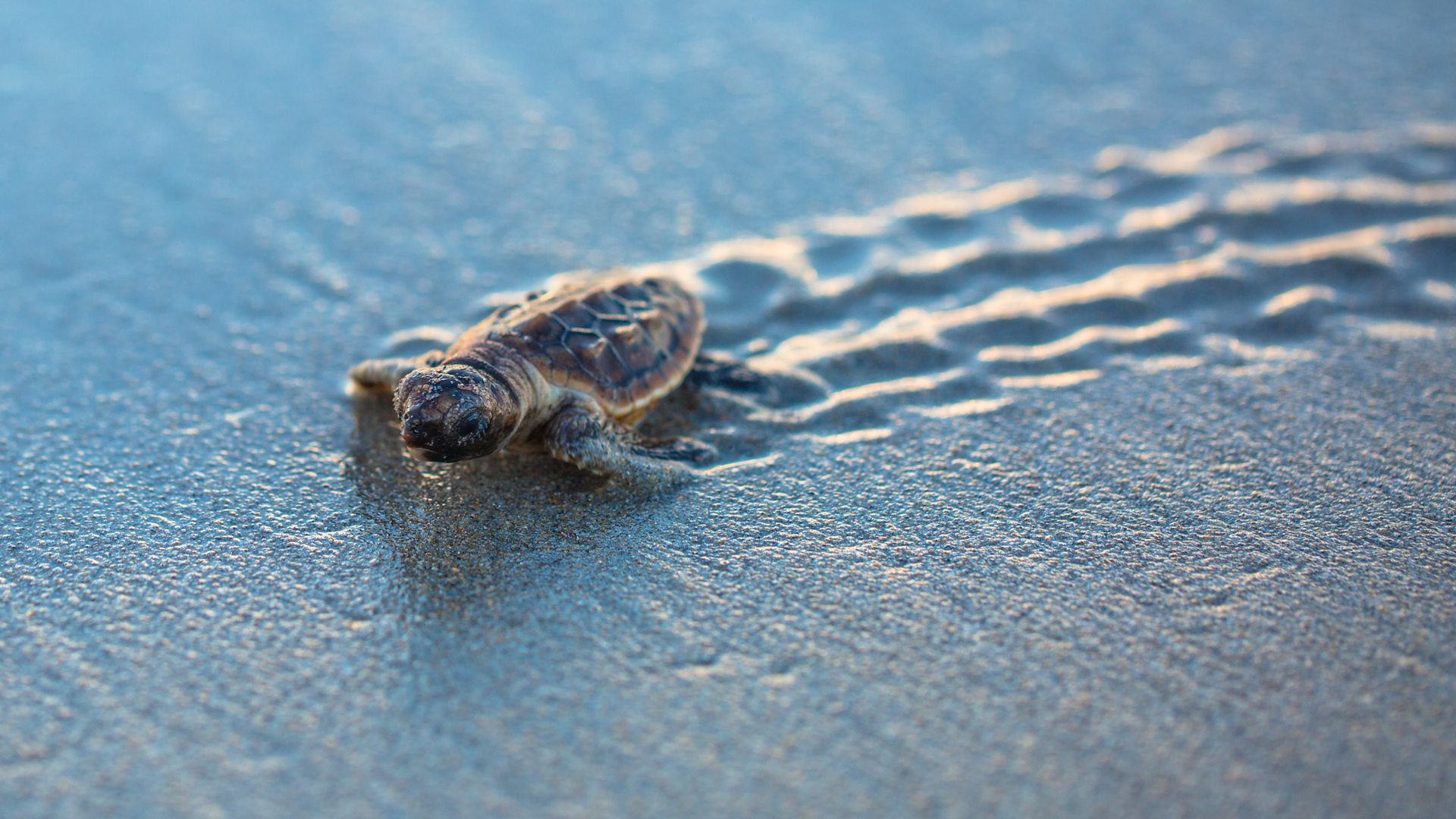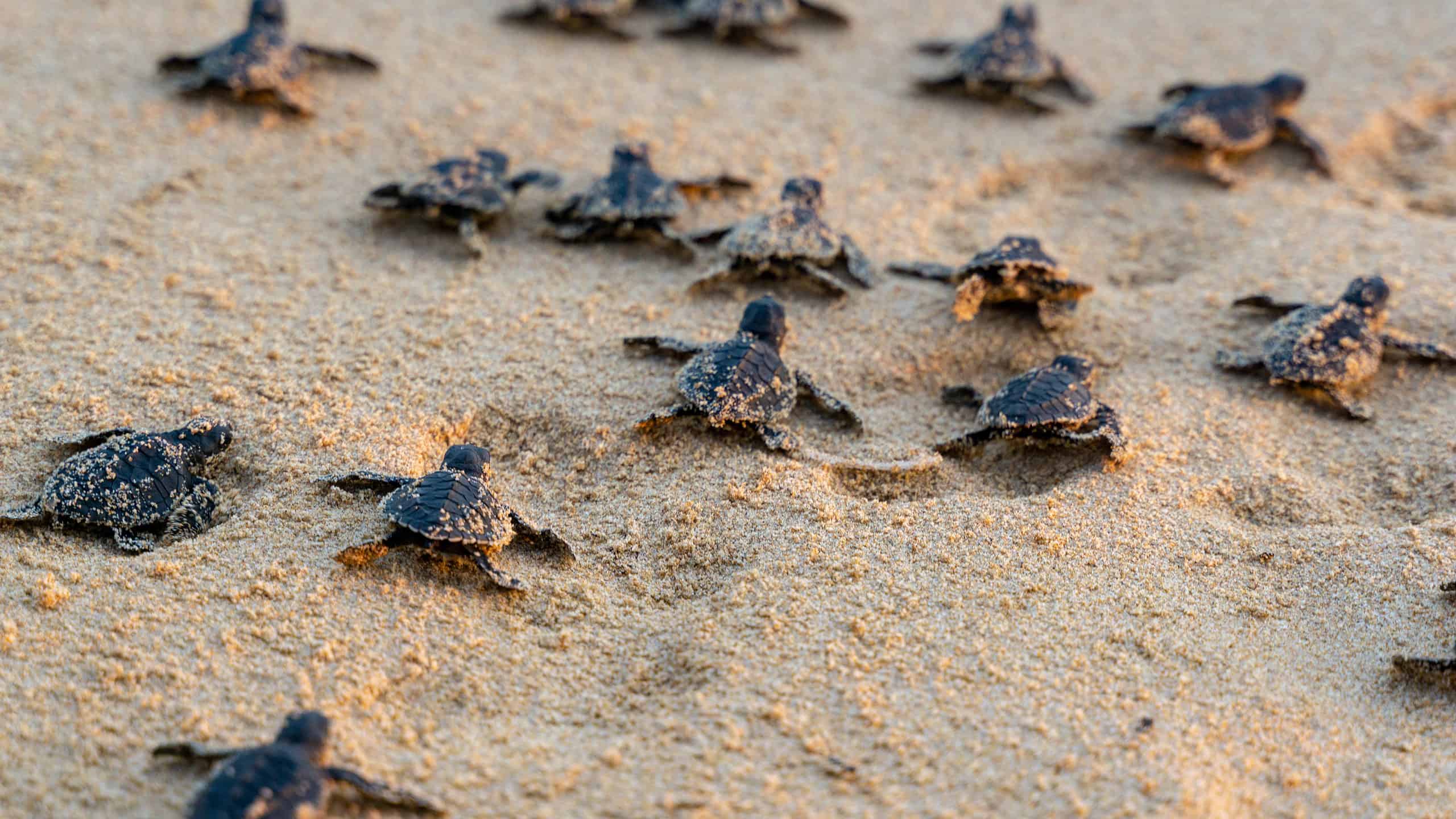
Borneo’s Cradle of Life: Pinpointing the Prime Time for Turtle Hatching on Sabah’s Turtle Island
For those drawn by the ancient rhythm of marine life, the question isn’t if to visit Sabah’s legendary Turtle Island, but when. Nestled in the sparkling Sulu Sea, off the coast of Sandakan in Malaysian Borneo, Turtle Islands Park (Taman Pulau Penyu) is not merely a tourist destination; it is a vital sanctuary, a critical nesting ground for endangered sea turtles, and a beacon of conservation. While adult turtles grace these shores year-round, the sweet spot for witnessing the miraculous scramble of hatchlings – a truly unforgettable spectacle – is typically from June to September, often peaking in July and August.
This direct answer, however, only scratches the surface of what makes this period so special, and why understanding the nuances of turtle biology and conservation efforts is crucial for any prospective visitor.
The Lure of Turtle Island: A Sanctuary Unveiled
Turtle Islands Park comprises three islands: Selingan, Bakungan Kechil, and Gulisan. Selingan, the largest and only one with visitor accommodation, serves as the primary hub for the park’s conservation efforts and public engagement. For decades, it has been a meticulously managed haven where Green (Chelonia mydas) and Hawksbill (Eretmochelys imbricata) turtles return to lay their eggs, generations after generation. The island’s commitment to protecting these magnificent creatures is palpable, with Sabah Parks rangers working tirelessly to monitor nesting activities, collect eggs, and ensure the safe incubation and release of hatchlings.
The core attraction here is not just seeing a turtle, but participating, even passively, in a cycle of life that has unfolded for millions of years. It’s an intimate encounter, steeped in the quiet reverence for nature’s enduring power.

The Nuance of "Best Time": Nesting vs. Hatching
To truly grasp the "best time," one must differentiate between witnessing a female turtle lay eggs and observing the release of hatchlings. While adult turtles can be found nesting on the beaches of Selingan every night of the year, the emergence of hatchlings is contingent upon the incubation period.
Sea turtle eggs typically incubate for approximately 60 days. Therefore, a surge in nesting activity in, say, April and May, directly translates to a surge in hatchling activity in June and July. This biological lag is the primary reason why the latter months become the prime window for witnessing the tiny, determined creatures make their perilous journey to the sea.
Peak Hatching Season: June to September
This four-month window is considered the most reliable for experiencing the magic of hatchlings.
- June & July: These months often see the first major wave of hatchlings from the robust nesting period earlier in the year. The weather is generally favorable, with less influence from the monsoon seasons, making sea travel to the island smoother and more predictable.
- August: Frequently cited as the absolute peak. The sheer volume of nesting turtles in previous months means the incubators are brimming, and the nightly release of hatchlings can be a bustling affair. The odds of witnessing multiple hatchling releases on a single evening are significantly higher.
- September: While the peak might begin to taper slightly, September still offers excellent opportunities. The weather remains relatively stable, and the island continues its vital work.

During these months, visitors can expect a higher probability of seeing larger groups of hatchlings, sometimes numbering in the hundreds, being carefully guided by rangers towards the ocean. It’s a statistical probability game, and these months offer the best odds.
Understanding the Turtles: Species and Cycles
The two main species frequenting Turtle Island are:
- Green Turtles (Chelonia mydas): Named for the greenish tint of their fat, not their shell, these are the most common visitors to Selingan. They are large, majestic herbivores, and their nesting numbers are generally higher than Hawksbills. A female Green turtle can lay over 100 eggs per clutch, and may lay multiple clutches in a single nesting season, returning every 2-4 years.
- Hawksbill Turtles (Eretmochelys imbricata): Recognized by their distinctive, pointed beaks and overlapping scutes (plates) on their carapaces, Hawksbills are smaller and critically endangered. While less frequent, witnessing a Hawksbill nest or its hatchlings is a particularly special event. Their eggs also take around 60 days to incubate.
The consistent return of these turtles is a testament to the island’s protected status and the successful conservation strategies employed.
The Daily Ritual: From Nesting to Release
A visit to Selingan is a carefully orchestrated experience designed to minimize disturbance to the turtles while maximizing educational impact for visitors.
Upon arrival, usually in the early afternoon, guests settle into their accommodations. The evening is when the real action begins. After dinner, visitors gather for a briefing by the park rangers. This is a critical moment for education, emphasizing the rules: silence, no flash photography, no touching, and absolute adherence to ranger instructions.
The wait can be tense and exciting. Rangers patrol the beaches throughout the night, searching for nesting turtles. Once a female is spotted and begins laying her eggs – a process that puts her in a trance-like state, making her less susceptible to disturbance – a small group of visitors (often rotating) is led to witness this ancient ritual. The eggs are then carefully collected by the rangers and transferred to the island’s hatchery, protected from predators and tidal surges.
The real magic, however, often unfolds with the hatchlings. Later in the evening, or sometimes even into the early hours of the morning, rangers will lead visitors to the nursery. Here, a batch of ready-to-be-released hatchlings, having completed their 60-day incubation, are placed in a designated area on the beach. As the tiny creatures are released, they instinctively begin their frantic dash towards the ocean, guided by the moonlight and the slope of the sand. It’s a primal scramble, a desperate dash for survival that leaves an indelible mark on every witness. "It’s a moment of profound hope and vulnerability," remarks one long-serving ranger, "seeing these tiny lives begin their immense journey against all odds."
Beyond the Peak: Shoulder Seasons and What to Expect
While June to September offers the highest probability for hatchling encounters, other months still hold their charm and potential:
- April & May: These are excellent months for observing nesting turtles. With fewer hatchlings, the focus shifts to the majestic females laying their eggs. The weather is generally good, and crowds are slightly thinner than the peak hatching season.
- October & November: These shoulder months can still offer good opportunities for both nesting and hatching, though the chances of large numbers of hatchlings might decrease. However, this period can sometimes mark the beginning of the northeast monsoon, potentially leading to rougher seas and occasional tour cancellations.
- December to March: This period falls within the monsoon season. While turtles still nest and hatch, the frequency might be lower, and the weather can be unpredictable, with heavier rainfall and choppier seas. Tour operators might reduce schedules or face more cancellations due to safety concerns. Visits during these months require more flexibility and an understanding that sightings might be less frequent.
Even outside the peak, the island offers a profound connection to nature and a deeper appreciation for conservation efforts. The commitment of the rangers never wavers, regardless of the season.
Factors Influencing Activity: Moon, Tides, and Climate Change
Several natural factors influence turtle activity:
- Moon Phases and Tides: Female turtles often prefer to nest during high tide, which allows them to travel further up the beach, beyond the reach of the waves, and then return to the sea more easily. Full moons and new moons, which are associated with higher tides, can sometimes correlate with increased nesting activity.
- Weather: Calm seas are essential for safe boat transfers to the island. Heavy rainfall and strong winds, especially during monsoon season, can disrupt travel and potentially affect nesting patterns, though turtles are remarkably resilient.
- Climate Change: A more insidious factor is rising global temperatures. The sex of sea turtle hatchlings is determined by the temperature of the sand during incubation (Temperature-Dependent Sex Determination, TSD). Warmer sand produces more females, while cooler sand produces more males. Rising sand temperatures due to climate change are leading to a concerning feminization of turtle populations, posing a long-term threat to their reproductive viability. "The warming sand is a silent threat, skewing sex ratios and potentially endangering future generations," highlights Dr. Elena Rodriguez, a visiting marine biologist. Conservationists on Turtle Island actively monitor sand temperatures and, in some cases, employ shading techniques to mitigate this impact.
The Conservation Imperative and Responsible Tourism
Turtle Islands Park is a shining example of effective conservation. Every visitor’s fee contributes directly to the park’s operations, funding ranger salaries, hatchery maintenance, research, and educational programs. The strict rules – limited visitor numbers (typically around 40-50 per night on Selingan), no swimming after dark, no littering, and guided observation – are all in place to protect the turtles and their habitat.
Historically, the islands faced severe poaching, with eggs being harvested unsustainably. The establishment of the park in 1977 and subsequent rigorous enforcement by Sabah Parks have turned the tide, allowing turtle populations to slowly recover. A visit here isn’t just a holiday; it’s an act of solidarity with these critical conservation efforts.
Planning Your Visit: Essential Tips
- Book Well in Advance: Due to strict visitor limits, accommodation on Selingan Island sells out quickly, especially during peak season. It is advisable to book at least 6-12 months ahead.
- Use Reputable Tour Operators: Access to Turtle Island is typically arranged through licensed tour operators from Sandakan, who handle permits, boat transfers, and accommodation.
- Prepare for Basic Accommodation: The facilities on Selingan are clean and comfortable but basic. Remember, you are visiting a conservation outpost, not a luxury resort.
- Be Patient and Respectful: Nature operates on its own schedule. While rangers do their utmost, there’s no guarantee of seeing a specific event. Patience, a quiet demeanor, and respect for the animals and the environment are paramount.
- Pack Essentials: Bring insect repellent, rain gear (just in case), comfortable walking shoes, and a refillable water bottle. Avoid single-use plastics.
The Unforgettable Experience
Ultimately, the best time to visit for turtle hatching on Turtle Island is when you can secure a spot during the June to September peak, particularly July and August. This period offers the highest likelihood of witnessing the awe-inspiring sight of hundreds of hatchlings making their dash for freedom.
Yet, beyond the numbers and probabilities, the true essence of Turtle Island lies in its unwavering commitment to conservation and the profound connection it offers to the natural world. It’s an experience that transcends mere observation, imprinting upon the soul the fragility and resilience of life, and the vital role humans play in protecting it. To witness a hatchling’s first journey to the sea is to witness hope, determination, and the endless cycle of life in its purest form.


